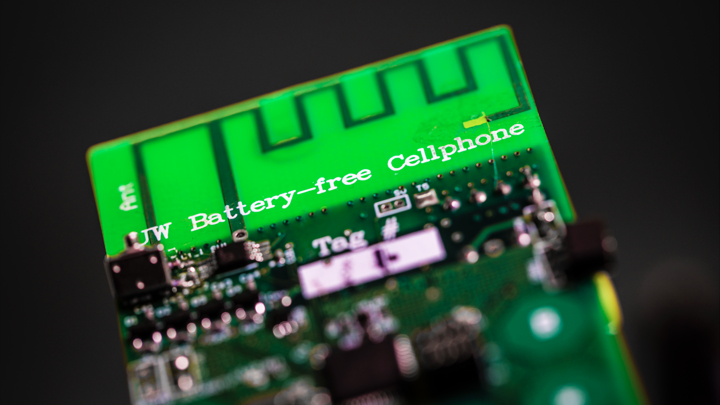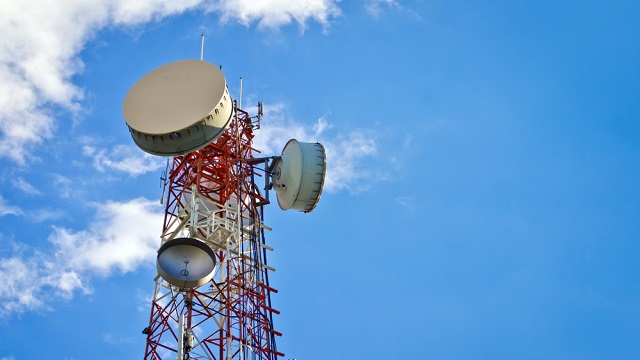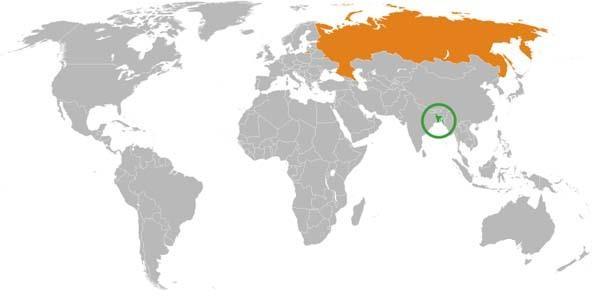Researchers Create a No-Power Internet of Things

What’s the Latest?
The so-called Internet of Things promises an infinitely connected network of near infinite information. In the near future, network-connected sensors will measure everything from your baby’s heart rate to the temperature in your house to the moisture levels on a factory floor. There’s just one problem: any connected device must have a sustained power source such as a battery or an electrical cord in order to transmit information to the Internet. That means heavier, more costly devices that use more power. Having a way to inexpensively power and connect these devices–potentially numbering in the billions–is currently keeping them from market success.
What’s the Big Idea?
Researchers at the University of Washington have devised a way for battery-free devices to skim a connective link from errant WiFi signals, potentially increasing the reach of the Internet of Things to include just about any thing. The new tool, called a backscatter, looks like a thin plate of metal that works by “looking” for WiFi signals moving between the router and a laptop or smartphone.
They encode data by either reflecting or not reflecting the Wi-Fi router’s signals, slightly changing the wireless signal. Wi-Fi-enabled devices like laptops and smartphones would detect these minute changes and receive data from the tag. In this way, your [battery-free] smart watch could download emails or offload your workout data onto a Google spreadsheet.
Read more at University of Washington News
Photo credit: Shutterstock





